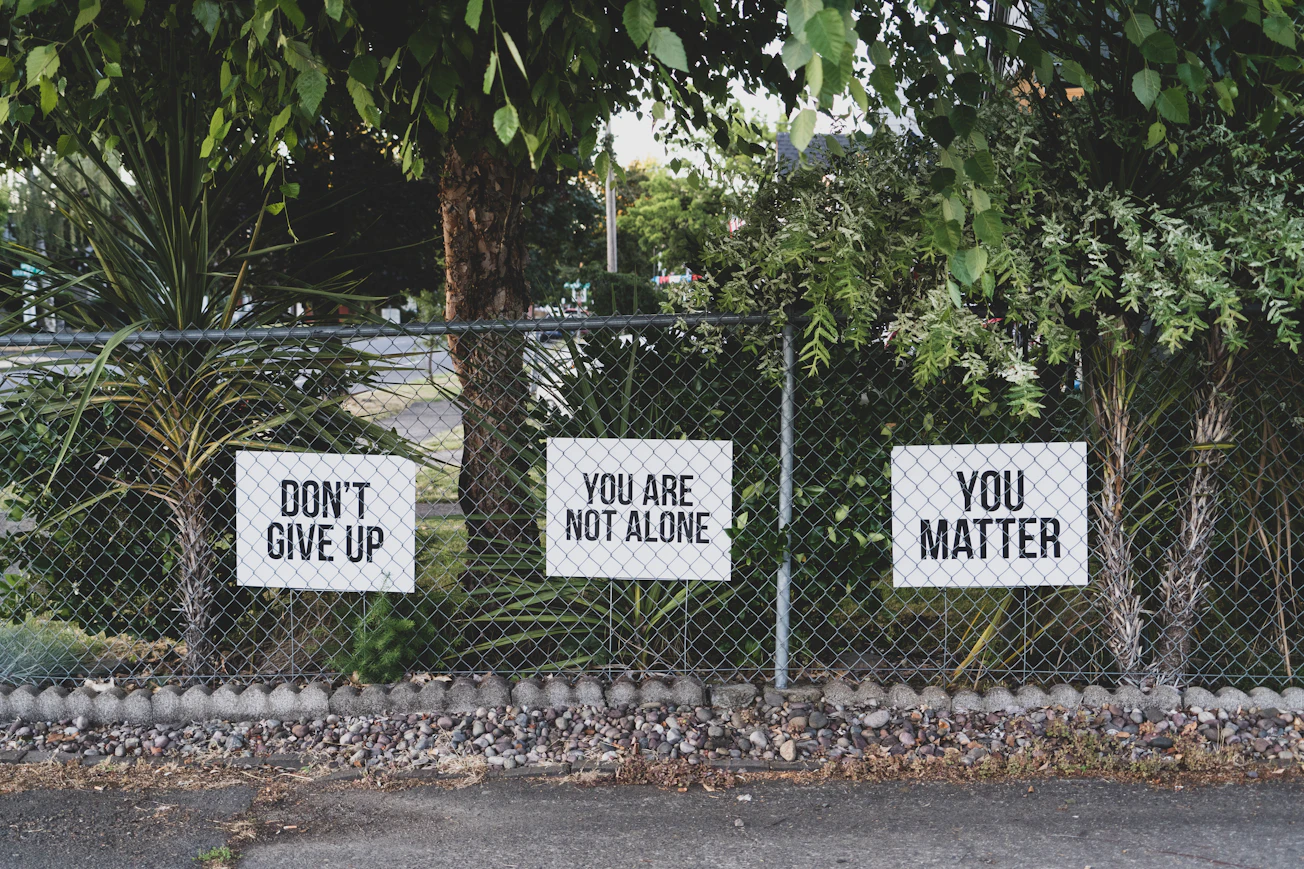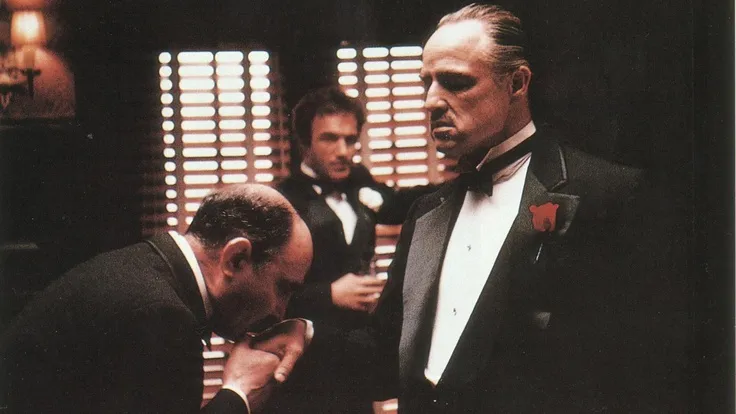Table of Contents
Actor and author Matthew Perry has been promoting his new book: Friends, Lovers, and the Big Terrible Thing: A Memoir.
In Variety (11/1/2022), “Matthew Perry’s Most Shocking Memoir Reveals: Salary Details, Bashing His Skull Open and One Sober ‘Friends’ Season,” Emily Longeretta reports:
“Matthew Perry has been open about his struggles with drugs and alcohol, but goes much deeper in his new memoir. ... Not only does the actor recount memories of his time on “Friends” — both sober and not — but he also details the many relapses he’s gone through.
“Through the years, Perry says he’s attended 6,000 AA meetings, gone to rehab 15 times, been in detox 65 times, has been on life support, and has spent between $7 – $9 million trying to get sober.”I am not insensitive to Perry’s struggles. I, too, have struggled with addictions. And yet for many decades I’ve noticed a glaring dichotomy in the way we perceive people with addictions. If a person is rich and famous, we tend to be more sympathetic. We are entertained, and even amused, by their stories of drug and alcohol abuse. Hollywood has a long history of glossing over, and even glamorizing, the excesses of its celebrities and stars.
However, if the addict is an ordinary everyday citizen, we are typically less sympathetic – and we most certainly are not amused. We look down on addicts with scorn and derision, and if their behavior is actually criminal (and not just self-destructive), we (as a society) usually don’t hesitate to lock up the offender.
According to Variety: “After Perry’s colon exploded in 2018 and he had to have a colostomy bag, he was prescribed opiates — which were the reason his colon exploded in the first place. Perry was living at home with a sober companion and a nurse, but was no longer getting high from the amount of drugs he was given. He then turned to a drug dealer to buy Oxy. ‘The street pills were something like $75 per pill, so I was giving the guy $3,000 at a time, many times a week,’ Perry said.”
That’s criminal behavior, isn’t it? Yet I can find no evidence that Perry has ever been arrested.
In 1987, I checked myself into a 2-week outpatient rehab program for alcohol and drug addiction. I lived close to the treatment center. I went home every evening and cooked supper, and I slept in my own bed.
A couple days into the program, we were gathered in a large room with a very stern state trooper. One by one we were required to stand and face the state trooper. “What’s your problem? Why are you here?” the trooper brusquely inquired.
“I drink and I smoke pot,” I answered humbly.
“You ought to be in jail,” said the trooper. “If I catch you on the street, you’re going straight to jail.”
The trooper pretty much told everybody that they should be in jail. According to the law, most of us were guilty of a crime. Some of us had been ordered into rehab by a judge. But were the trooper’s admonitions really helpful? One thing is for certain – I never went to rehab again, even though there were times when it might’ve been helpful.
Or maybe rehab wouldn’t have been helpful. Numerous treatments in detox and rehab (costing $7 – $9 million) didn’t seem to help Matthew Perry.
Body Brokers is a 2021 film written and directed by John Swab, available on HBO. Swab struggled though more than a decade of addiction, going in and out of rehab.
The movie begins with a slick TV ad for New West Recovery – a fictional and idyllic beachside resort-type facility for drug and alcohol abuse treatment. A lovely female voice intones: “When you arrive at New West, you are sure to feel safe, comfortable, and, most importantly, respected.” Beautiful women ride horses on a sun-drenched sandy beach.
Then a male voiceover inquires cynically: “Seems nice, doesn’t it? I’m going to let you in on a little secret. In 2008, when the Affordable Care Act was signed, it required every healthcare provider to cover substance abuse ... nearly 2,000 sober livings, 100 inpatient treatment centers, 200 detoxes have opened up shop just in southern California alone ... 35,000 beds that need to be filled each month ... somewhere around $12 billion annually ... just in southern California.”
In Los Angeles Daily News (2/16/2021), Peter Larsen reported: “Under Obamacare, insurers had to cover drug treatment, a good thing. But as money flowed into the industry, shady operators realized they could churn addicts through a revolving door, using field reps known as body brokers to cash in on the same individuals over and over again.”
Swab says he lived the experiences he wrote in the screenplay. “I had been paid to go to treatment, I had been paid to relapse,” he says. “I had treatment owners buy my insurance, insurance policies for me.”
Indeed, treatment centers being paid about $1,000 a day per patient by insurance companies would be poorly incentivized to actually cure patients of their addictions.
The movie ends with words on the screen: “Millions of people have maintained sobriety through 12-step programs which don’t cost a dollar.”
The most famous of these 12-step programs is Alcoholics Anonymous (AA). It’s helped millions of people stay sober and that, of course, is a good thing. But AA never worked for me. Founded in 1935, its underlying belief systems struck me as archaic. Moreover, I was always put off by the people guzzling coffee and chain-smoking cigarettes before meetings. Addiction is addiction – be it alcohol or cigarettes or even caffeine – and I wanted to be free from my addictions.
America has a huge problem with drugs and alcohol. According to the Centers for Disease Control and Prevention (CDC), “In 2019, 65.8 million U.S. adults reported binge drinking and 35.8 million reported illicit drug use or prescription pain reliever misuse during the past month; 20.4 million met diagnostic criteria for a substance use disorder during the past year.”
There are no easy answers or simple solutions. I am very fortunate to have completely overcome my addictions. I could explain how I did it, but it would take a while. If I could explain it to you here, I most certainly would. But I can’t.
Many politicians want to move backward on the issue, promoting attitudes and misconceptions popular in the ‘50s and ‘60s. When debating a bill to legalize medical marijuana, Republican Rep. Chris Fugate, a former Baptist preacher, wrongly stated: “The common denominator of 99.9% of the drug addiction problem in America started with marijuana.”
Marijuana is not a “gateway drug” that leads to harder, more dangerous drugs. Most drug addicts start with legal drugs such as cigarettes and alcohol.
Cigarette advertising has been banned from TV and radio since 1971. TV ads for alcohol, a metabolic poison, are more prevalent than ever. Big Alcohol is expected to spend $7.7 billion on advertising in 2023.
According to the CDC, more than 140,000 Americans die from excessive alcohol use every year.
--30--
Mark Heinz lives at Nolin Lake. Visit his website at amazon.com/author/markheinzbooks.








